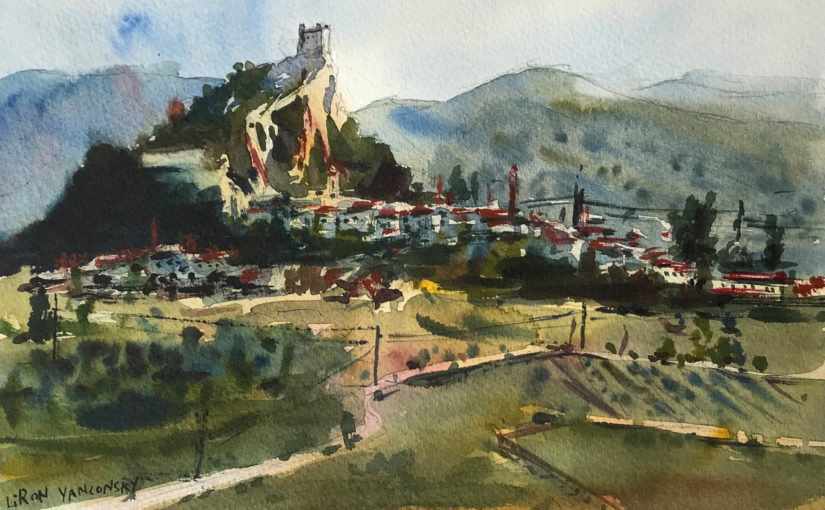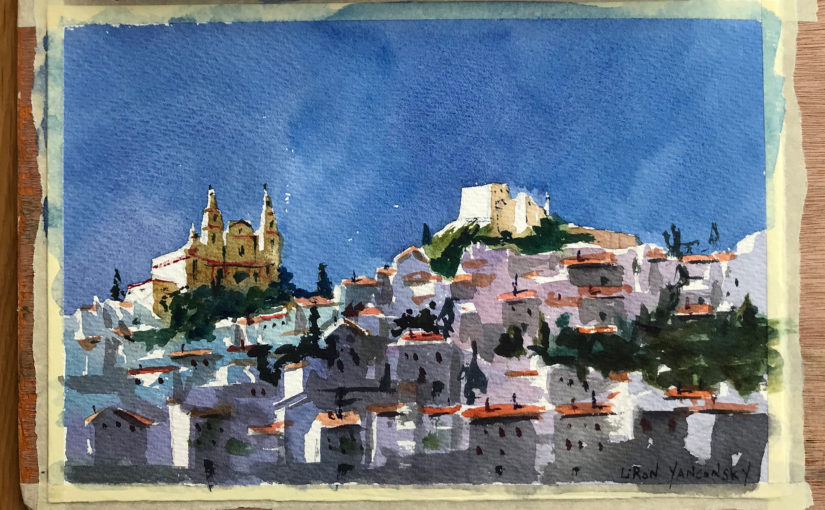Podcast: Play in new window | Download
In today’s episode I talk about how long it takes to get good at art, drawing, painting and so on.
You Get Back What You Put in
The gist of it is this – the more time, focus and attention you put on a skill, the faster you’ll grow and improve in it.
The rule of 10,000 hours (I forgot who’s the person who originally came to this conclusion), suggested that that’s the number of hours of practice it takes to achieve mastery in any give skill.
This “rule” was later disputed, but on a basis that makes a lot of sense. Aside from time, it’s also a matter of the QUALITY of how you practice.
A lot of it is about being deliberate in how you practice. It’s about actively challenging yourself, trying new things and striving for new heights.
Then, the 10,000 hours rule becomes more relevant.
My Calculation
I currently put about 1-2 hours a day into painting. Sometimes it’s even a little less than that.
That means a max of 10 hours a week (assuming I paint 5 days a week). This amounts to 40 hours a month, or 480 a year.
This means it will take me a total of 20 years to get to mastery. I already spent the last couple of 4-5 years painting, so perhaps 15 more? (:
(In the audio I mistakingly say 10 years, and then 5 left, that’s a calculation error).
Every Skill is Different
Regardless of time, some aspects are easier to improve than others.
I find that anything that has to do with technical, motor skill based technique is easier to improve at.
Brush work, pencil technique etc.
The harder aspects are learning to see through optical illusions, see colors and values accurately, as well as some of the basics – composition, color theory, mood and atmosphere, telling a story etc.
These are the REAL challenge!
And to wrap this up, my question to you is – how many hours a day / week do you practice your skill, whatever that may be?
And now – artist corner!
Artist Corner – Ken Karlic
Today I featured Ken Karlic, a contemporary watercolor painter who also works in mixed media.
What I find the most fascinating about his work is the large sizes he’s working.
You can check out his artworks here: Ken Karlic Website
And his painting process in these videos: Ken Karlic Videos
And Here’s where you can find me
Check out my YouTube Channel – Liron Yanconsky
Or ask me questions on Instagram – @LironYanIL or Snapchat – @LironYan3
I hope you enjoyed this one. Take care, and we’ll talk again really soon,
— Liron


